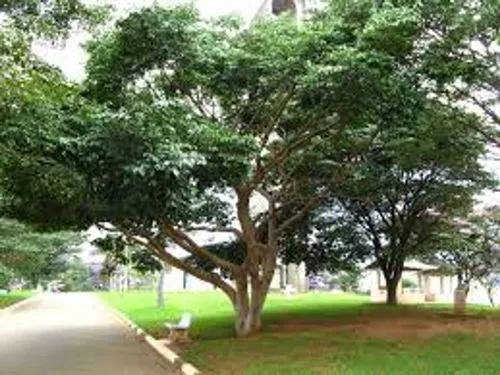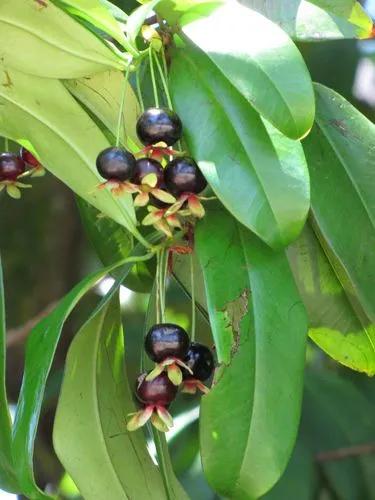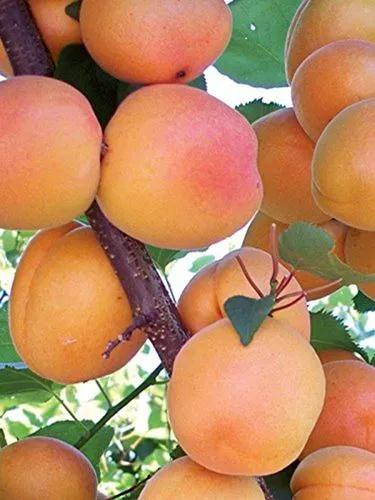Celtis australis, known as the European nettle tree, Mediterranean hackberry, lote tree, or honeyberry, is a deciduous tree native to southern Europe, North Africa, and Asia Minor. It`s a good shade tree, often used as a street tree.
European hackberry Care
Celtis australis
Other names: European Hackberry, Mediterranean Hackberry



Celtis australis tree can grow to 25 m in height, though 10 m is more common in cooler climates. The bark is smooth and grey, almost elephantine. The alternate leaves are narrow and sharp-toothed, rugose above and tomentose below, 5–15 cm long and dark grey/green throughout the year, fading to a pale yellow before falling in autumn. The apetalous wind-pollinated flowers are small and green, either singly or in small clusters.The fruit is a small, dark-purple berry-like drupe, 1 cm wide, hanging in short clusters, and are extremely popular with birds and other wildlife.
How to Care for the Plant

Water

The trees have deep spreading roots and are very drought resistant once established.

Sunlight

Choose a spot in full sun.

Soil

The tree succeeds in any reasonably good soil, preferring a good fertile well-drained loamy soil. It also succeeds on dry gravels and on sandy soils.

Temperature

Celtis australis is able to tolerate fairly cold temperatures when dormant, at least down to -15°C, but it requires hot summers in order to fully ripen its wood.

Popularity

746 people already have this plant 203 people have added this plant to their wishlists
Discover more plants with the list below
Popular articles






